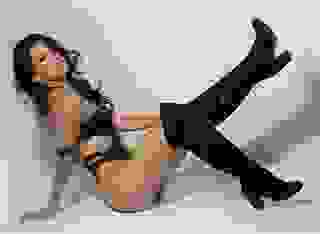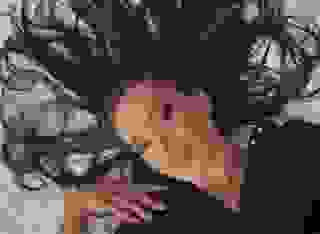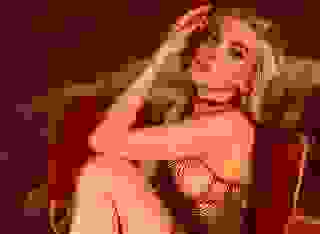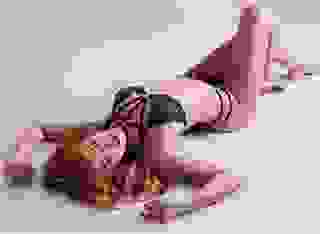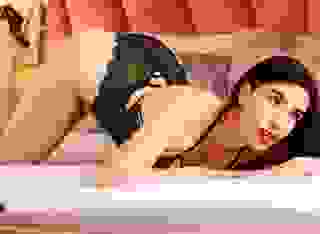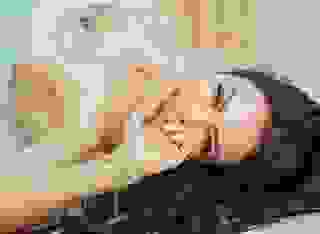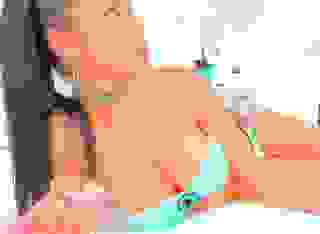- Reviews & Essays
- Beauty and Taste
Note: You can change font size, font face, and turn on dark mode by clicking the "A" icon tab in the Story Info Box.
You can temporarily switch back to a Classic Literotica® experience during our ongoing public Beta testing. Please consider leaving feedback on issues you experience or suggest improvements.
Click hereThis essay is part of a series in which I compare the ideas of philosophers on the subject of Aesthetics. I'm attempting to extrapolate from their superior knowledge and writings what I believe are important points on the creation of and critique of Art, Beauty and the Soul. I hope there are some artists/scholars out there who can appreciate my works-
Because I'm sure they'll seem dry to most of you!
In Kant's "Critique of Aesthetical Judgment", he analyzes both the beautiful and sublime. His sense of beauty is based largely on the idea that the judgment of beauty ("in which the least interest mingles") is not a pure judgment of taste- which is bound up with what pleases us. This is because the "judgment of taste is merely contemplative", that is it "compares its character with the feeling of pleasure and pain." Hume, on the other hand, in "Of the Standard of Taste" does evaluate beauty in terms of comparison and interest. While they invariably degree on many points, they manage to find some common ground in the evaluation of art.
Kant begins by saying: "if the question is if a thing is beautiful, we do not want to know if anything depends or can depend on the existence of the thing…but how we judge it by mere observation (intuition or reflection)." He reasons that, while what we judge by taste on the basis of the purposiveness of an object, "beauty is the form of the purposiveness of an object, so far as this is perceived in without any representation of a purpose." Without any concept or purpose whatsoever, the beautiful universally pleases.
This universality, according to Kant, is not optional. Because a person "must not call [art] beautiful if it merely pleases him…he judges it not merely for himself, but for everyone, and speaks of beauty as if it were a property of things." He demands agreement from others, since his judgment demands an "ought". Everyone may have his own sense of taste; but if one does not share another's sense of beauty, he is not sufficiently cognizant. "In all judgments by which we describe anything as beautiful, we allow no one to be of another opinion."
And what is beautiful? Firstly, he says that "the beautiful is that which without any concept is cognized as the object of a necessary satisfaction." In fact, if we judge according to concepts, "all representation of beauty is lost." Then he says that the truly beautiful is that which pleases merely "by the act of judging it", not from any specific knowledge or purpose. This assures that the only prerequisite for perceiving beauty is human consciousness and the physical faculties to experience the work of art.
Hume speaks of a certain degree of universality with regards to the perception of beauty. He acknowledges that in general, men have an agreed upon vocabulary to discuss beauty and agree on the application of their terms. Yet, when it comes to particulars, "this seeming unanimity vanishes; and it is found that they had affixed a very different meaning to their expressions." Therefore, while it is natural that men seek a Standard of Taste, this task is seemingly impossible.
One might think in regards to a particular subject, there is a "correct" or apt opinion that may be affixed to it. "On the contrary," Hume says, "a thousand different sentiments, excited by the same object, are all right: Because no sentiment represents what is really in the object." For beauty does not lie in the object, but rather in the mind of the one perceiving it. In fact, "To seek the real beauty, or real deformity, is as fruitless as enquiry, as to pretend to ascertain the real sweet or real bitter." No doubt, Kant would find this appalling.
Hume does admit that despite "all the variety and caprice of taste, there are certain general principles of approbation or blame. Some particular forms or qualities, from the original structure of the internal fabric, are calculated to please, and others to displease; and if they fail of their effect in any particular instance, it is from some apparent defect or imperfection in the organ." Such an "imperfect" person can even be reasoned with to conclude that he is at fault for not finding an obviously pleasing object pleasurable. This is seemingly back on track with Kant, in that it is parallel to his theory of how we judge beauty.
Hume strays, however, when he begins outlining how to critique art. He begins by saying that "a man, who has had no opportunity of comparing the different kinds of beauty, is indeed totally unqualified to pronounce an opinion with regard to any object presented to him." The man capable of making such comparisons can evaluate art, but he must keep in mind that it is calculated for a certain end. This end must be constantly considered so that he can judge whether or not the art achieved its purpose.
It seems in some respects that Hume and Kant have simply applied different words to the same concepts. While Hume regards beauty as subjective and taste as (mainly) objective, Kant does just the opposite: beauty is a somewhat universally subjective truth and taste varies from person to person. But in other respects, they are undeniably in opposition, especially when it comes to the "purposive purposelessness" of beauty.
This is what I feel distinguishes art from design- the latter is structured with purpose in mind, whereas the former must never be betrayed with such practicality.
- COMMENTS
